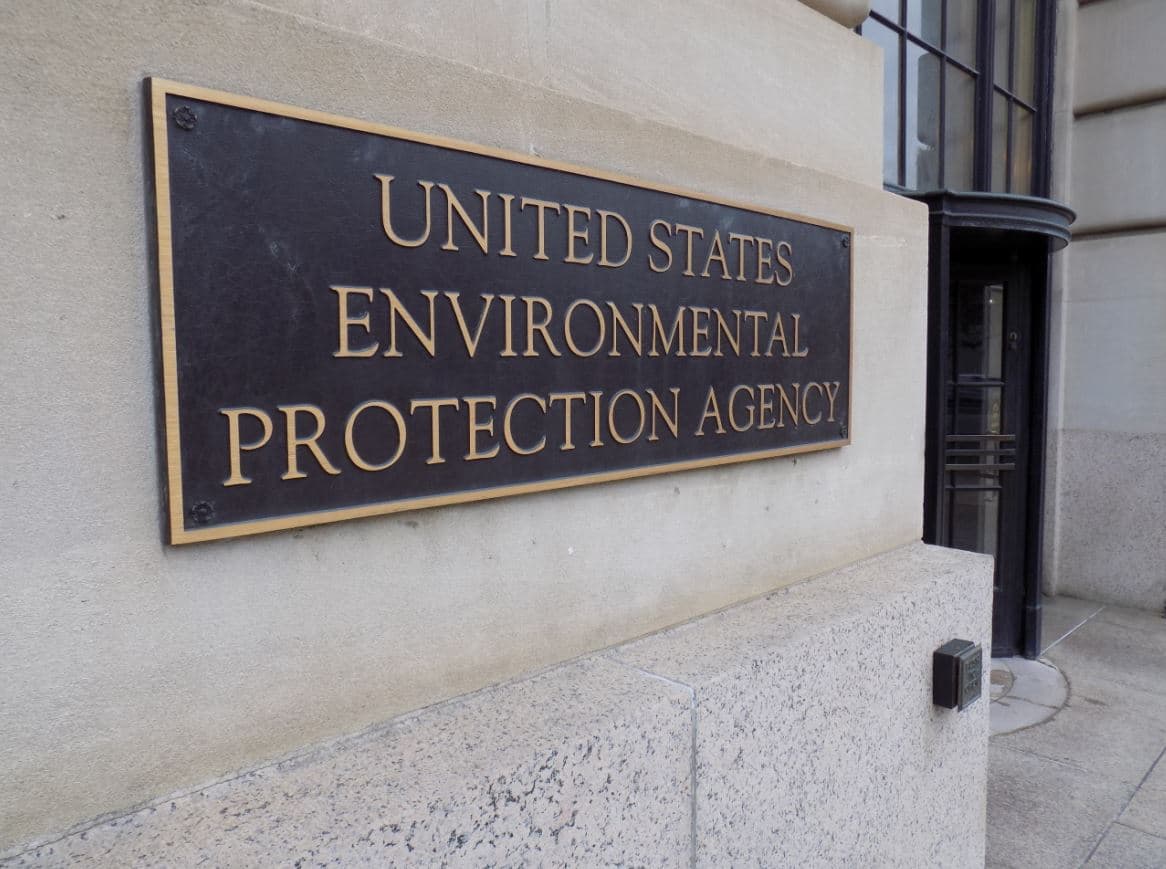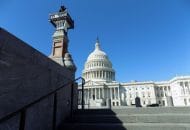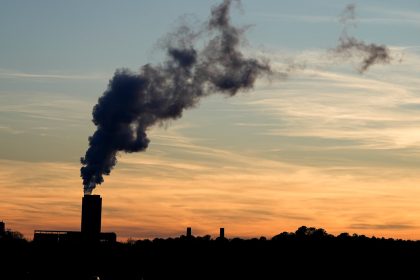EPA Keeps Ozone Pollution Standard at Level Opposed by Environmentalists

WASHINGTON — The Trump administration’s Environmental Protection Agency last week finalized plans to keep ozone air pollution standards at a level that environmentalists say is too high to prevent respiratory and other health problems.
In 2015 the EPA lowered the National Ambient Air Quality Standards for ozone from 75 parts per billion to 70 parts per billion.
The lower standard was opposed by manufacturing and energy industry groups, which said tighter standards would increase compliance costs. The American Petroleum Institute and the National Association of Manufacturers suggested a standard of 75 parts per billion.
Environmental and health advocates said the standard still was too high.
Meanwhile, President-elect Joe Biden is proposing a more aggressive environmental policy that would include rejoining the Paris Agreement and taking action to improve air quality. The Paris Agreement is a 2016 treaty led by the United Nations to cut greenhouse gas emissions.
The EPA is required by the Clean Air Act to review how much soot, ozone and other pollutants have made their way into the air in the United States every five years.
EPA Administrator Andrew Wheeler said in a statement last week that average ozone concentrations fell 25% between 1990 and 2019. He said he recommended keeping the current standard after checking scientific studies and consulting with science advisers.
Environmental and health advocacy groups wanted the EPA to lower the standard to no more than 60 parts per billion.
They cited an Obama administration EPA Clean Air Scientific Advisory Committee report that showed the 60 ppb standard might have prevented 3,900 deaths from ozone exposure. The 70 parts per billion standard would prevent only about 680 deaths, according to the study.
They were joined in their criticisms of the EPA by a coalition of states that included New York and California. They made their criticisms in public comments when the EPA proposed keeping the 70 ppb standard in July.
The states accused the EPA of bowing to influence from industry groups while sacrificing some degree of public health.
In the stratosphere, ozone protects the Earth and its inhabitants from harmful rays of the sun. At ground level, ozone has been linked to respiratory problems like asthma, bronchitis and emphysema.
It is most commonly emitted by manufacturing plants, utilities and automobiles. It also is the key ingredient in smog.
“Ground-level ozone is a deadly, widespread pollutant, and the latest science and fact-based information clearly shows that a stronger ozone pollution standard is needed to adequately protect health and save lives,” the American Lung Association said in a statement. “The final rule announced today ignored that science.”
The ozone standard appears to be a last effort by the Trump administration to influence environmental policy. In another move, the EPA on Dec. 22 finalized a rule on allowable lead in drinking water.
The American Lung Association and other environmental groups are holding out hope that having a new president sworn in next month will give them a better chance at stricter air and water quality standards.
“We call on President-elect Joe Biden to put a high priority on significantly strengthening the National Ambient Air Quality Standards for both ozone pollution and particulate matter,” an American Lung Association statement says.
Early indications from Biden show they might get their wish.
The president-elect introduced his choice for a climate regulatory team last week. All of them come with reputations for strong environmental advocacy.
“We literally have no time to lose,” Biden said when he introduced the team, which included Rep. Deb Haaland, D-N.M., to serve as Interior Department secretary. She would be the first Native American Cabinet secretary if she wins Senate confirmation.
“So many climate and health calamities are colliding at once,” Biden said. “It’s not just the pandemic that keeps people inside. It’s poor air quality.”
























